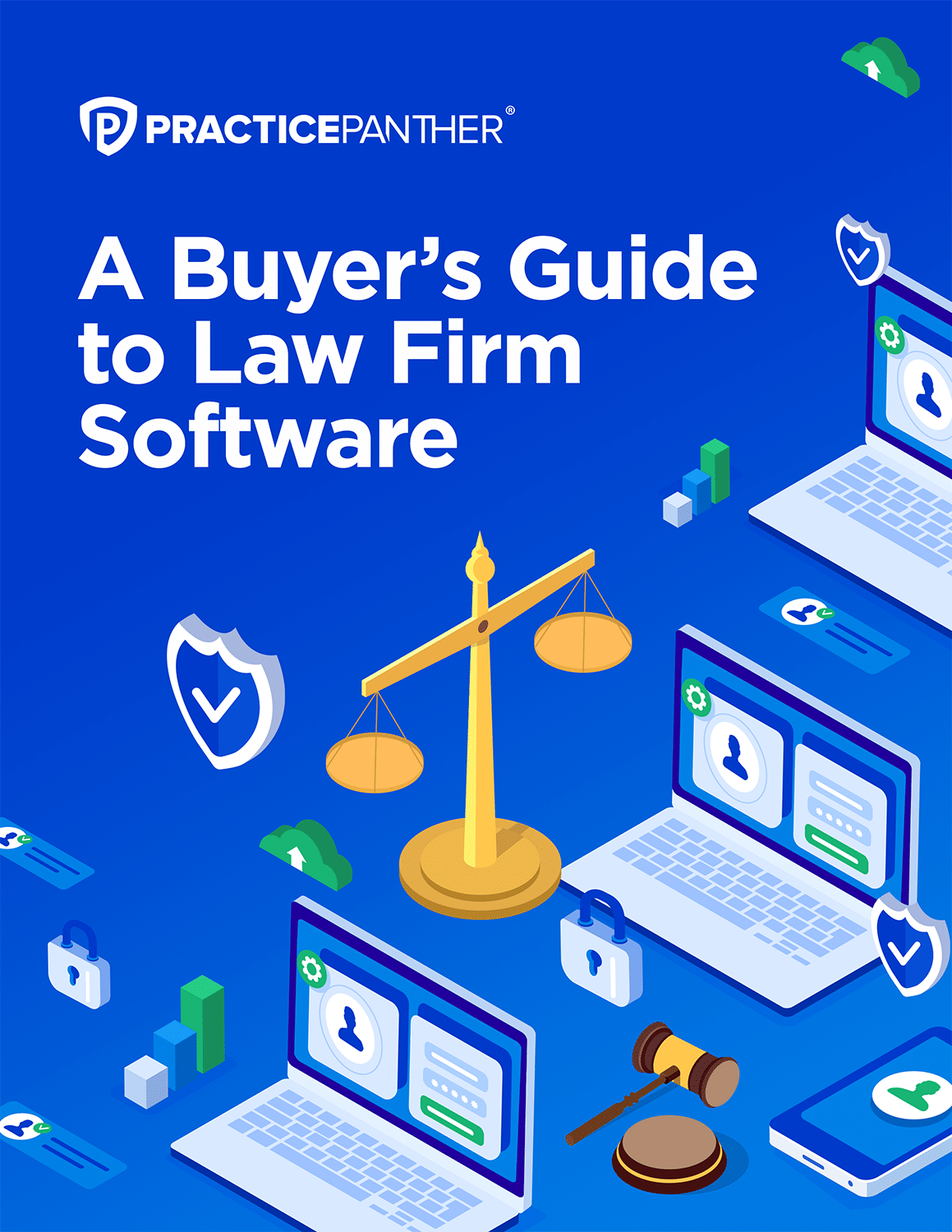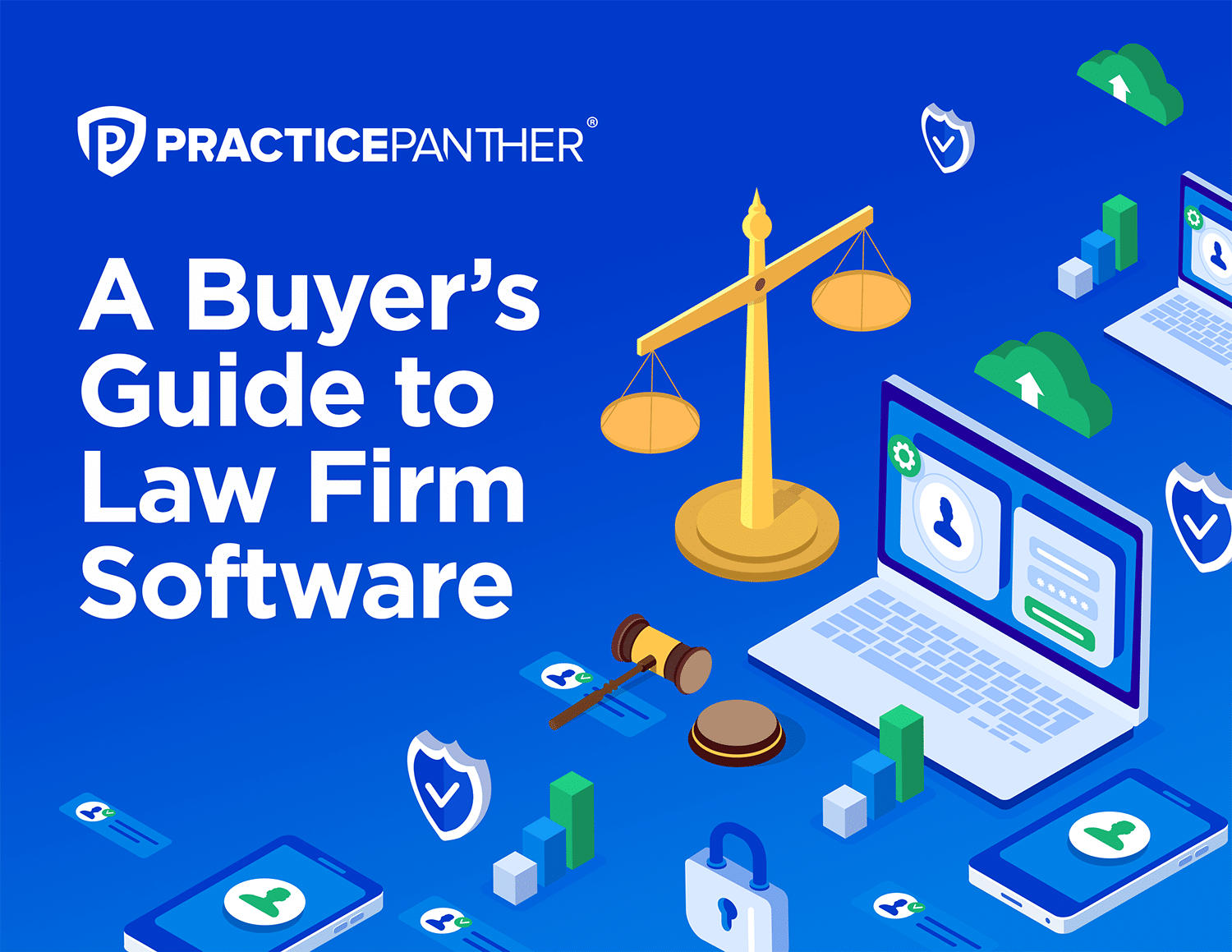When an attorney learns more about a client’s case and discovers that it enters a realm of the law that they are not a specialist in, the attorney may then advise their client that they aren’t best suited to continue with the case, and can refer them to a known colleague. Sometimes when this happens, attorneys choose to implement a referral fee, or enter into a fee-splitting agreement.
An attorney referral fee is the charge that an attorney will get when they refer a client to another attorney. A fee-splitting agreement will begin when an attorney referral fee is charged. The original attorney will take a fee for referring the client. This can be beneficial for both the original attorney and the referred attorney. There are, however, lots of things to consider before engaging in any fee splitting — not just surrounding the attorney referral fee, but also regarding the wellbeing of the client.
Rules and Regulations for Attorney Referral Fees
There are very specific laws and regulations that relate to how fees must be split, and who a client can be referred to.
Fees cannot be shared with non-lawyers, according to the American Bar Association (ABA). In the Model Rules of Professional Conduct, it states that a “lawyer or law firm shall not share legal fees with a non-lawyer” under Rule 5.4 (a). It goes on, in Rule 7.2 (b) to say that “a lawyer shall not give anything of value to a person for recommending the lawyer’s services.”
These rules have been put into place by the ABA to ensure that the client gets the services they require and that all attorneys are working to the highest ethical standards. Attorneys can only refer to other capable attorneys who are experienced in an area of the law that the client specifically needs help with.
How to Split Attorney Referral Fees
The ABA also sets out important rules relating to how fees must be split between attorneys involved. Rule 1.5 (e) explains that the division must be in proportion to the services performed by each lawyer. The client must also agree to the arrangement, meaning that it must be laid out in full to the client before any major arrangements have been put into place. The share that each lawyer will receive must also be outlined to the client and agreed upon before the next step is taken. This is simply a matter of making sure that absolutely everything is transparent and that the client understands exactly what happens.
There are also specific regional and state laws that may affect how the fees must be split and how the process of fee splitting works. Be sure to consider these regulations when making arrangements and do proper research into your jurisdiction’s rules and regulations before moving forward.
Attorney Referral Fee Agreement Forms
As mentioned, regulations will vary from state to state, meaning that fee-splitting agreement forms may change, too. There are many free forms available online, but to ensure that everything you do is absolutely accurate, you should be sure to explore your state law library for full information relating to these fee-splitting agreement forms. These forms are typically from the perspective of the client, whereby the individual grants permission to two or more attorneys to either jointly represent them, or for one attorney to take over the case and provide representation. The client will also have to give consent, in the agreement form, for the fee to be split between the two according to the proportion of the work performed by each.
Are Attorney Referral Fees the Right Choice?
Remember that in this industry, getting the very best result for your client is the name of the game. If you’re working with a client that you believe will be better served by a specialist, be sure to discuss the possibility of fee splitting and explain the benefit of doing so. Be sure also to discuss the attorney referral fee system with your client as you can only move forward with their consent.
Do your due diligence when looking into attorney referral fees and fee-splitting agreements before jumping into them. These agreements can be beneficial to all parties involved when done properly. Make sure to keep your law firm and clients informed throughout the process.






